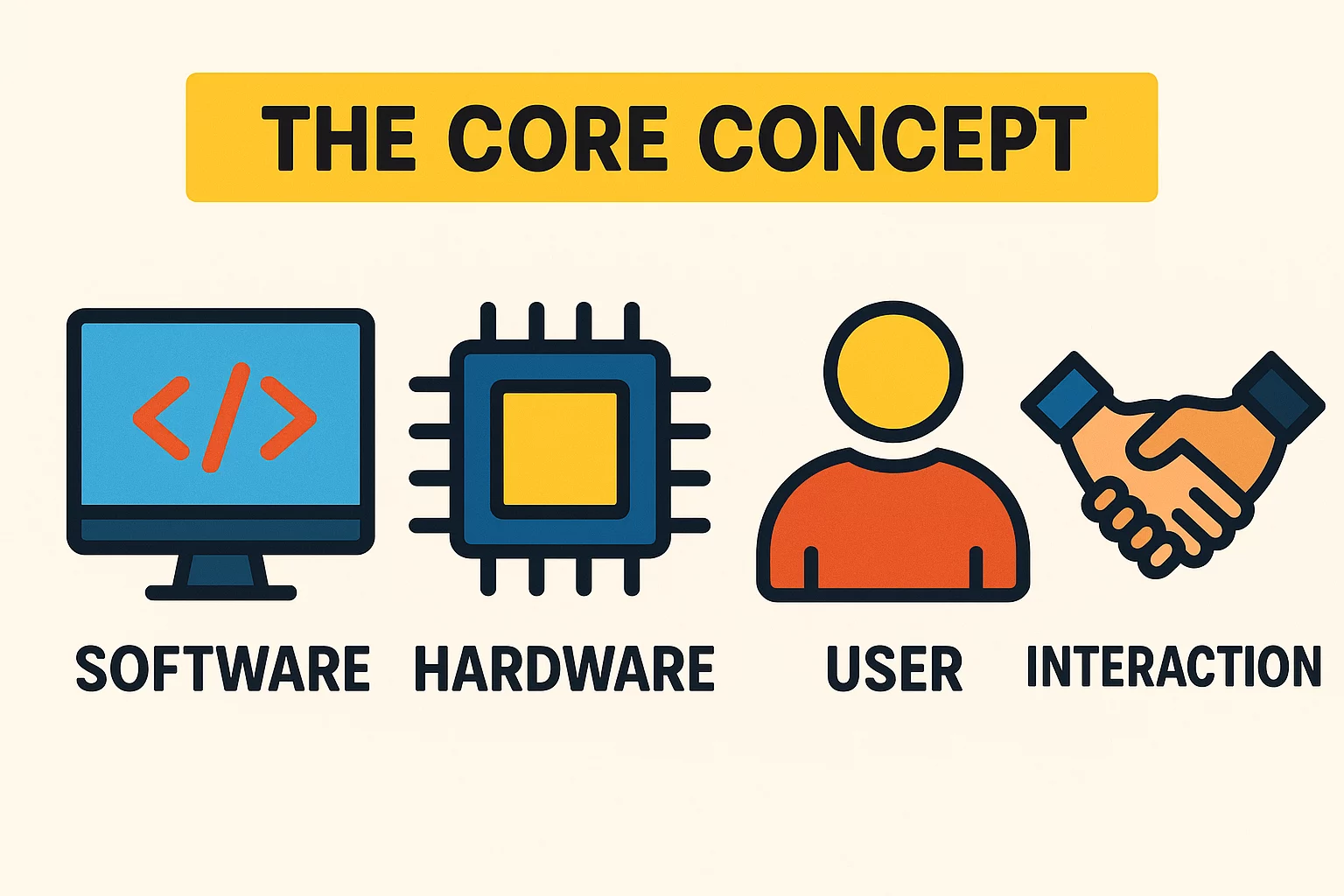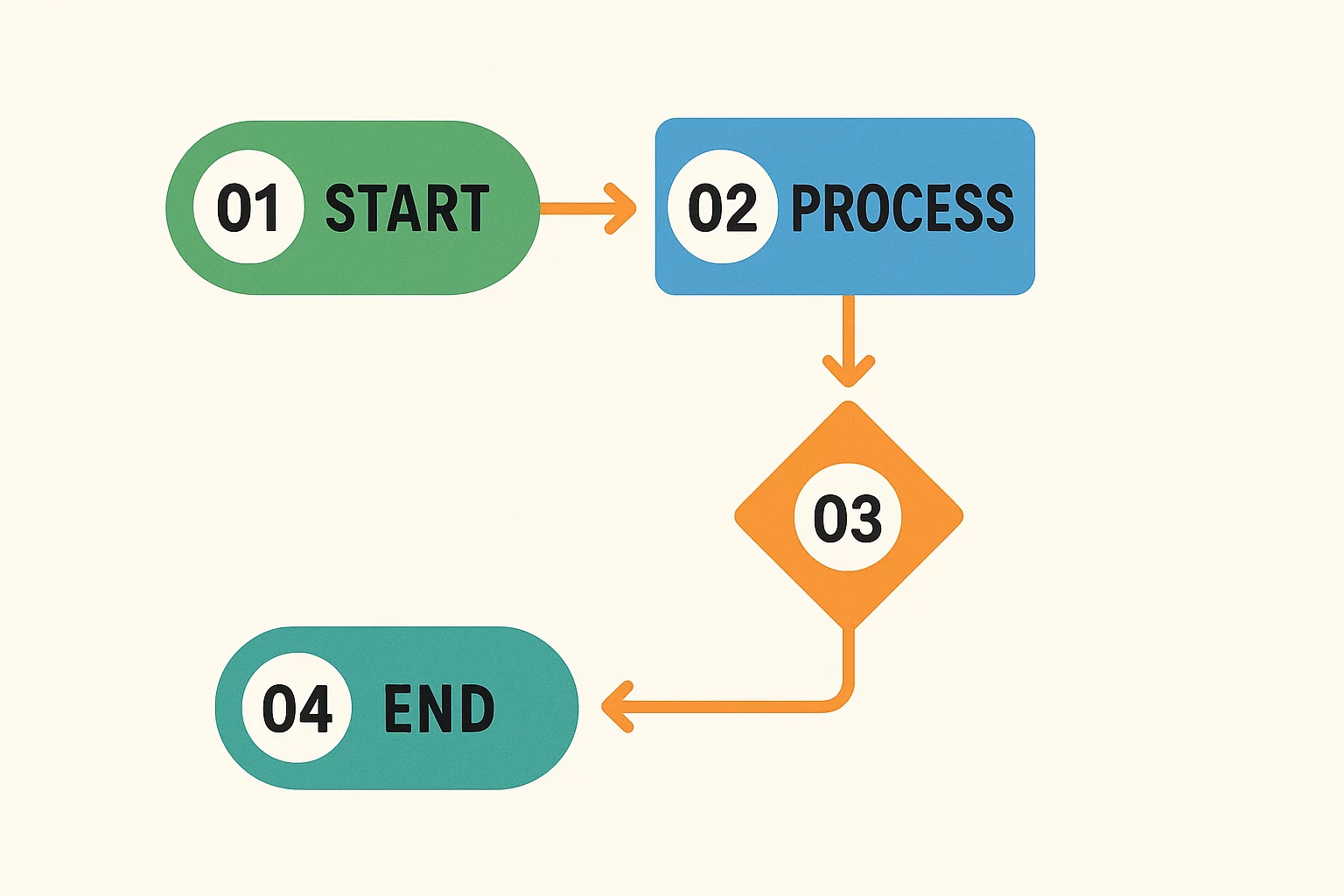The Financial Impact of Production Yield: Modeling Scrap and Material Efficiency in Your Factory’s P&L
In manufacturing, particularly in a sector as precise as solar module production, success is often measured in single percentage points. An investor might focus on market demand or sales projections, but the true health of a factory is often revealed on its production floor. A seemingly minor 1% drop in production yield can send financial ripples through your entire profit and loss (P&L) statement, often distinguishing a profitable venture from a struggling one.
Understanding this dynamic isn’t just an operational exercise—it’s a strategic necessity for anyone serious about building a sustainable and successful solar manufacturing business. This isn’t about complex engineering jargon; it’s about the tangible financial realities that govern your investment.
Understanding the Core Metrics: Yield, Scrap, and Efficiency
Before modeling the financial impact, it’s important to clarify the key performance indicators. While related, they each tell a different part of your factory’s story.
What is Production Yield?
In simple terms, production yield is the percentage of finished, saleable products that emerge from the total number of products that entered the production process. If you start the process to make 100 solar modules and 99 of them pass final quality control, your yield is 99%.
What is Scrap Rate?
Scrap rate is the inverse of yield. It represents the percentage of units discarded or failing quality control during the manufacturing process. In the example above, the scrap rate would be 1%. These are products that have consumed materials, labor, and machine time but generate zero revenue.
What is Material Efficiency?
Material efficiency is a broader concept that includes the scrap rate but also accounts for waste in the raw materials themselves. This could be due to improper handling, storage, or suboptimal cutting patterns that leave excess, unusable material. High material efficiency means you are maximizing the value of every square meter of solar cells and every kilogram of aluminum you purchase.
The Ripple Effect: How a 1% Yield Drop Creates Major Financial Waves
A 1% scrap rate may sound insignificant, but its financial consequences are threefold: the direct cost of wasted materials, the lost revenue opportunity, and sunk operational costs.

Let’s consider a hypothetical factory producing 200,000 modules per year, with a material cost of €80 per module and a sale price of €150.
-
Direct Cost of Wasted Materials: A 1% scrap rate means 2,000 modules are discarded. The direct material cost for these scrapped units is 2,000 modules * €80/module = €160,000 per year. This is a direct, irreversible loss written off on your P&L statement.
-
Lost Revenue Opportunity: Those 2,000 scrapped modules cannot be sold. The lost revenue opportunity is 2,000 modules * €150/module = €300,000 per year. This revenue simply vanishes from your top line.
-
Sunk Operational Costs: Every scrapped module consumed electricity, labor hours, and machine time. In a 24/7 facility, energy costs alone can account for a significant portion of operational expenses. These resources were expended with no return on investment, further eroding your profit margin.
When combined, the total annual financial damage from this ‘minor’ 1% scrap rate isn’t just the €160,000 in material costs, but closer to €460,000 when lost revenue is included—all from a single percentage point.
This is why experienced operators obsess over yield. They understand it’s one of the most powerful levers for controlling profitability.
Building a Realistic Financial Model: Beyond Simple Assumptions
When building your business plan, it’s tempting to use generic industry averages for yield and scrap rates. This approach, however, can be dangerously misleading. A robust financial forecast relies on realistic, data-driven assumptions.

Your financial model shouldn’t treat yield as a single, static number. Instead, it should allow you to model different scenarios:
-
Ramp-Up Phase (First 3-6 months): Yield will naturally be lower as your team learns the equipment and optimizes processes. Modeling a conservative yield of 95-97% is prudent.
-
Stable Operation (Year 1 onwards): This is your target yield. A well-designed turnkey PV production line with a trained team should consistently achieve yields of 98.5% or higher.
-
Worst-Case Scenario: What happens to your cash flow if a batch of poor-quality raw materials causes your yield to drop to 90% for a month? A resilient financial model helps you prepare for such contingencies.
Ultimately, yield isn’t a fixed number. It’s a dynamic variable influenced by the quality of your machinery, the skill of your people, and the efficiency of your processes. Choosing a partner with decades of real-world operational data is critical for getting these baseline assumptions right from day one.
The Human Element: Operator Training and Its Impact on Your Bottom Line
It’s a common mistake to view manufacturing purely through the lens of machines and materials. In reality, the human element is often the deciding factor in achieving high production yields. A highly automated line still requires skilled operators to manage material loading, monitor calibration, and identify subtle process deviations before they lead to significant scrap.

Comprehensive operator training is not a cost center; it’s one of the highest-return investments you can make. Well-trained staff can:
-
Reduce handling errors that damage expensive materials like solar cells.
-
Perform routine machine maintenance that prevents costly downtime and quality issues.
-
Understand the ‘why’ behind their tasks, leading to greater ownership and process improvement suggestions.
This is why our approach always includes extensive on-site training. We don’t just deliver machines; we ensure your team has the skills and confidence to operate them at peak efficiency. Our consulting and engineering services are designed to build this capability within your own organization, creating a foundation for long-term success.
Frequently Asked Questions
What is a ‘good’ production yield for a new solar module factory?
During the initial ramp-up phase (the first few months), a yield of 95% to 97% is a realistic target. After process optimization and team training, a state-of-the-art facility should consistently operate at 98.5% or higher. Anything below 98% in a stable operation suggests underlying issues that need to be addressed.
How quickly can a new factory reach its target yield?
This depends heavily on the quality of the production line and the effectiveness of the training program. With a well-designed turnkey solution and hands-on guidance from an experienced partner, a new factory can typically reach its target yield within three to six months of commissioning.
Is scrap a total loss, or can materials be recycled?
Some components, like aluminum frames or junction boxes, may have recyclable value. However, the core components of a laminated module (glass, EVA, cells, backsheet) are extremely difficult and costly to separate and recycle. For financial modeling purposes, it’s safest to assume that a scrapped module represents a near-total loss of its initial material cost.
Your Next Step
Building a successful solar module factory requires a clear-eyed view of both the opportunities and the operational realities. Production yield isn’t just a technical detail—it’s a cornerstone of your financial viability. A robust business plan acknowledges this and models its impact with realistic, experience-based assumptions.
Planning a project of this scale can feel complex, but you don’t have to navigate it alone. We’re here to help you understand these critical variables and build a plan grounded in over 25 years of real-world experience.
Ready to build a business plan based on real-world data? Contact us to discuss your solar manufacturing project.
